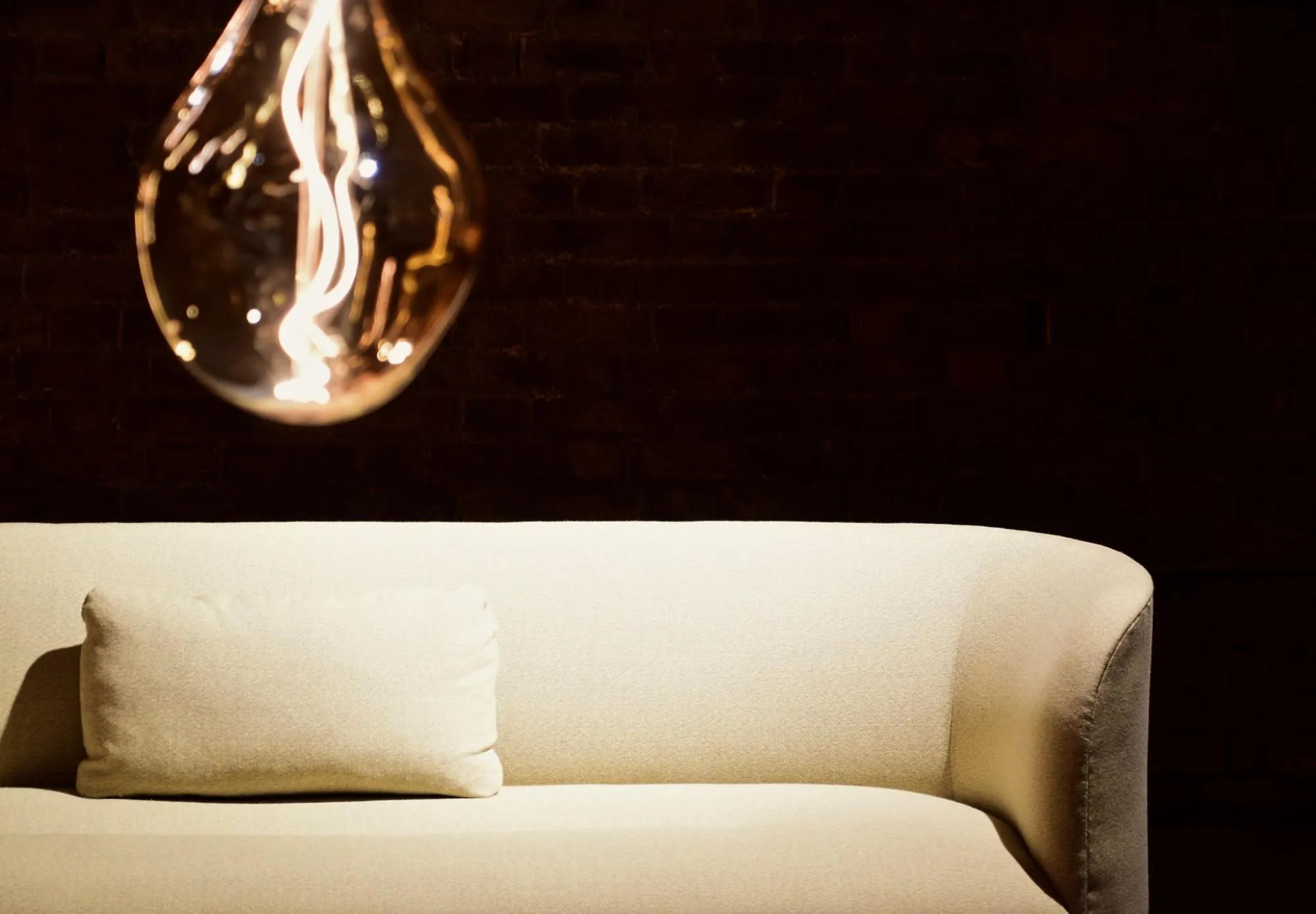Design Aesthetics: Trends that Defined the Year
To shed light on the latest design aesthetics that have taken center stage this year, we’ve gathered insights from eight industry professionals, including Industrial Designers and Interior Designers. From the transparency trend in industrial design to how minimalism dominates the tech industry, these experts share the appeal of the most prominent design trends in their respective fields.
- Transparency Trend in Industrial Design
- Organic Elements in Consumer Furniture
- AI Developments in Visual Design
- Natural Stone and Warm Tones Trend
- Rise of Modern Organic Aesthetic
- Quiet Luxury in Interior Decorating
- Sustainable Athleisure Apparel
- Minimalism Dominates the Tech Industry
Transparency Trend in Industrial Design
Clear plastic and translucent enclosures are making a comeback in the industrial design and consumer electronics world. Brands like Nothing, Xbox, and the latest Meta Smart glasses are hopping on this trend. It’s like a blast from the past, with vibes from the late ’90s and 2000s, but with a modern twist.
This choice of material not only adds a cool transparent look but also keeps things sleek and simple, bringing in that “less is more” feel. It’s all about adding a touch of transparency to our lives and embracing a bit of boldness, blending in tints of maximalism with minimalism.
Saloni Bedi
Industrial Designer, Loft Design
Organic Elements in Consumer Furniture
In the realm of consumer furniture, forward-thinking companies are taking steps to infuse pure, organic elements into their designs. Though challenging to manufacture, these organic shapes introduce a much-needed human touch. Instead of the familiar rectangles and regular geometries, we’re witnessing a growing prevalence of biophilic forms that exude a profound connection with nature.
This design choice aligns with the broader cultural shift toward fostering a deeper bond with our individual selves as part of the natural world. This shift is visible not only in the global commitment to sustainability but also in its impact on individual mental well-being.
Looking ahead, I see designers further experimenting with integrating more human and natural shapes. This signals a departure from the utilitarian minimalism that has dominated the design landscape in recent years.
David Ingle
Industrial Designer, Guidecraft
AI Developments in Visual Design
AI-related developments have taken a significant spotlight in the current visual scene, for better or worse. The industry’s increasing popularity, with almost every major company incorporating AI into their features, including design leaders like Adobe, Canva, and others, undoubtedly drives its appeal.
It’s essential to acknowledge and thoroughly analyze this trend. This way, we can not only harness its potential but also find ways to work around it when necessary. At this stage, AI exhibits various visual imperfections beyond the notorious issue of poorly rendered hands. However, it also holds vast potential for bridging the gap between visual creators and their vision while simultaneously reducing the time and effort involved.
 Luis Pedro Leiva
Luis Pedro Leiva
Marketing Graphic Designer, HatchWorks
Natural Stone and Warm Tones Trend
Using natural stone with wider mortar joints, both exterior and interior, is quite prominent in the design industry this year. Natural stone will last forever and will also look amazing.
The move to warmer color tones is huge, both in interior and exterior. This could be trim, walls, or even cabinets. It can also be paint or stains.
 Eddie Rider
Eddie Rider
Interior Designer, Eddie Rider Designs
Rise of Modern Organic Aesthetic
In the world of interior design, this year saw a significant rise in the “Modern Organic” aesthetic. This design approach marries sleek, contemporary lines with natural materials and textures. Think minimalist furniture juxtaposed with raw wood, stone, and lush greenery.
The appeal lies in its ability to create spaces that feel both modern and timeless, offering a serene oasis that resonates with our innate connection to nature. It’s a harmonious blend of the man-made and the natural, providing a tranquil and grounding atmosphere in today’s fast-paced world.
Brad Smith
CEO and Interior Designer, Omni Home Ideas
Quiet Luxury in Interior Decorating
The “Quiet Luxury” trend has woven its charm in a cozy, unassuming way, and frankly, it’s like a breath of fresh air in the interior decorating world. Think of it as your favorite understated, comfy sweater—simple, yet undeniably elegant. It’s not about being flashy or overly opulent, but instead, it’s about creating peaceful, gentle spaces that make you let out a satisfied sigh as you sink into a cushy sofa. It’s a trend that brings together beautiful, neutral colors and clean designs, ensuring that every space feels like a gentle hug.
Materials and colors in the “Quiet Luxury” trend are like cozy secrets shared between good friends. Woods, stones, and linens all play their part. Colors, too, weave a serene tapestry with hues borrowed from peaceful shores, overcast skies, and the first light of dawn. It’s a subtle luxury, whispering an invitation to unwind, stay awhile, and just breathe.
 Zakhar Ivanisov
Zakhar Ivanisov
Founder and General Manager, Soul & Lane
Sustainable Athleisure Apparel
In the custom athleisure apparel industry, there’s been a shift towards a minimalist and sustainable aesthetic. Buyers are leaning towards simple, multifunctional pieces that fit into various walks of life, from casual outings to workout sessions.
Beyond the visual appeal, the focus on sustainable materials and ethical manufacturing processes has created an appealing narrative of conscious consumption. This “less-but-better” design aesthetic, combined with environmental responsibility, has been well received by the modern, eco-conscious customer.
 Nicolas Krauss
Nicolas Krauss
Founder and CEO, dasFlow Custom Athleisure Apparel
Minimalism Dominates the Tech Industry
One design aesthetic that has become prominent this year in the tech industry is minimalism, with “less is more” as the mantra for design. Characterized by clean lines, simple typography, and a focus on essential elements, minimalism offers a user-centric approach that prioritizes functionality and clarity.
In an era of information overload, minimalistic design helps users navigate digital interfaces with ease and efficiency, increasing accessibility for all users. It declutters the user experience, enhancing usability and reducing cognitive load. Tech companies are adopting this aesthetic not only for its sleek, modern appeal but also for its practicality, making products more intuitive and visually pleasing.
As the tech world continues to evolve, minimalism’s emphasis on simplicity and user-centered design is likely to remain a central theme.
 Nicole Moughrabi
Nicole Moughrabi
Marketing Coordinator, Achievable
Submit Your Answer
Would you like to submit an alternate answer to the question, “What design aesthetic became prominent this year in your industry? Share its appeal.”
